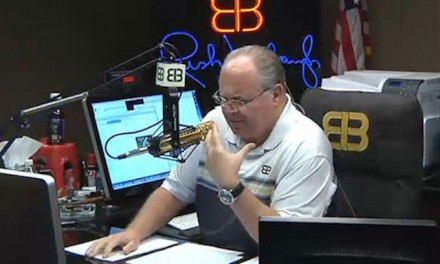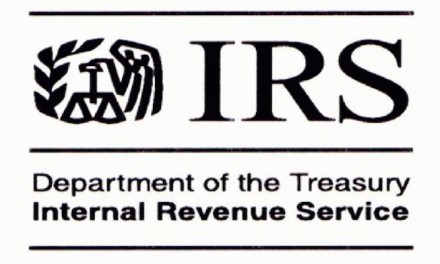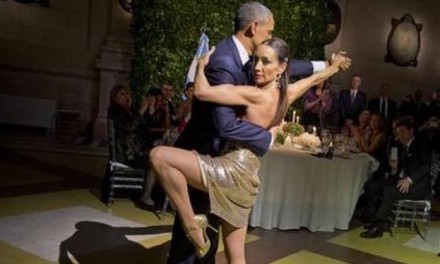The first weekend of August 2018 had danger written all over it for some neighborhoods of Chicago. Summer weather brings people outside, and that raises the odds of gunfire.
The fear was justified. A horrific number of people were killed and wounded. And in a frustrating but common twist, the Chicago Police Department struggled to arrest suspects. That weekend, 75 people were shot, 13 of them fatally. One year later, according to Tribune reporting, arrests have been made in just five cases. More than 30 attacks remain unsolved.
Chicago has two interrelated crises: a violent crime problem and a crime-solving problem. Much of the shooting is connected to gang activity or the drug trade. Many incidents happen outside. Often they are retaliatory. In some cases the spray of bullets appears indiscriminate. A car slows down near a park or outdoor party and then someone begins firing from inside. Or shots from a gangway fly down a street, striking an unintended victim in a residence.
These are difficult cases to crack, but just five arrests after a year of investigating? That poor result reflects CPD’s broader struggle to apprehend shooting suspects, and the department’s urgent need to do better.
To understand the challenges as CPD investigates shootings, a Tribune reporting team has kept close watch on the aftermath of the August 2018 weekend. The findings: The department’s ability to solve homicide cases — the clearance rate — jumped since last August from 44 percent to 51 percent but is still below the national average of 62 percent. The clearance rate for nonfatal shootings remains abysmally low: 16 percent at the end of 2018, the Tribune reported, hardly better than 2017’s 15 percent.
CPD says it’s not shrugging off the poor arrest record. “It’s too many shooting incidents with an extremely low clearance rate,” Deputy Chief of Detectives Brendan Deenihan told the Tribune. He attributed the increase in homicide arrests in part to some basic, necessary improvements: The department hired about 300 more detectives over the past three years, relying on a new exam that gave Deenihan fresh, young candidates. The department improved the integration of surveillance video into its technology usage and issued cellphones to detectives. Basic stuff, as we said.
A factor that complicates police responses to shootings is the reluctance of witnesses to cooperate. Sometimes that includes victims who may have criminal ties they don’t want to acknowledge. Other witnesses may fear gang retaliation or don’t trust the police. Deenihan said he’s counting on his investigators to be resilient, not frustrated, in the face of stonewalling — to keep working the cases until they get results.
To which we say: If that’s a lesson with which CPD is reacquainting itself, good. For the year 2018, CPD reported 561 homicides and 2,948 people shot. Smart, committed, responsible policing is crucial for reducing anarchy in the streets.
Chicago is flat-out plagued by this chronic gun violence. Every shooting incident that goes unsolved sends a message to miscreants with guns that their chances of getting caught can be practically nil. The lack of consequences incentivizes further violence. Fire and flee — that’s how the typical gunman operates. He leaves a shooting scene unrepentant and, too often, unimpeded.
It will all get worse in Chicago until it gets better.
Editorials reflect the opinion of the Editorial Board, as determined by the members of the board, the editorial page editor and the publisher.
___
(c)2019 the Chicago Tribune
Visit the Chicago Tribune at www.chicagotribune.com
Distributed by Tribune Content Agency, LLC.
—-
This content is published through a licensing agreement with Acquire Media using its NewsEdge technology.


















Recent Comments